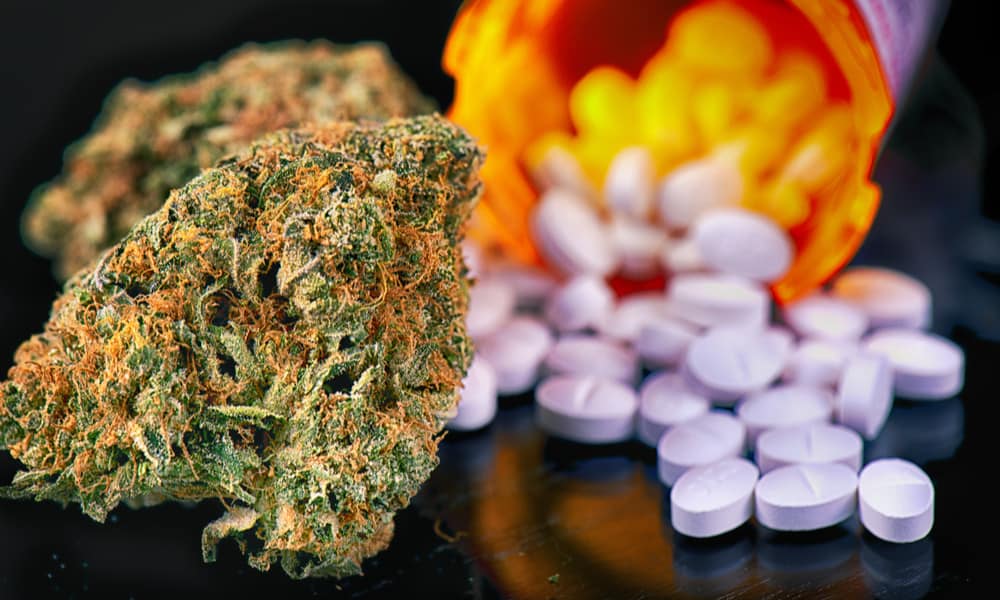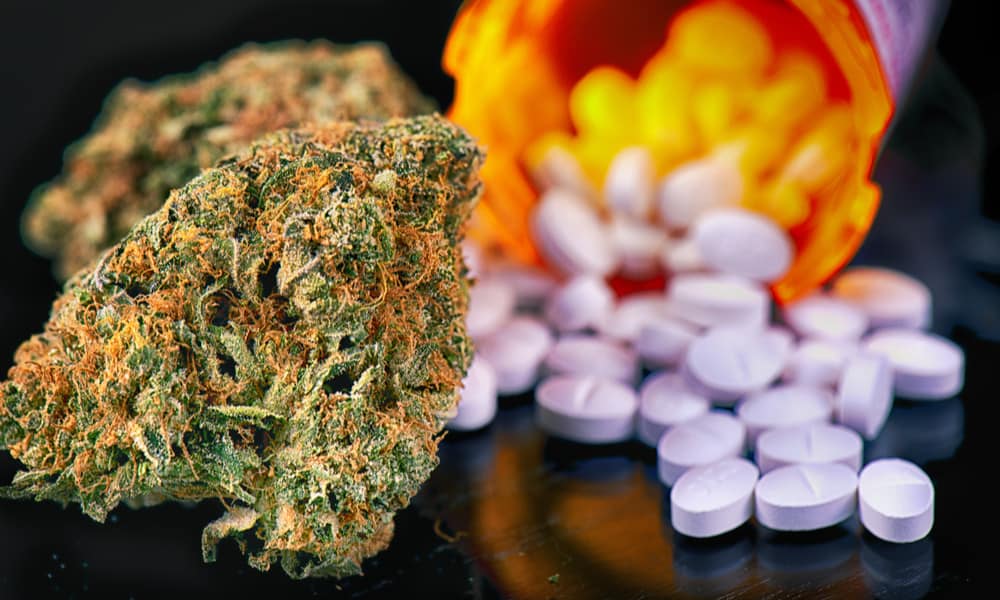
A University of Michigan study has found that many medical marijuana users were able to replace their use of pharmaceutical drugs with cannabis. The research, which was published this month in the Journal of Psychoactive Drugs, showed that 44 percent of those who used medical cannabis were able to stop taking a pharmaceutical drug, use less of one, or both.
The study was conducted by Daniel Kruger of the University of Michigan Institute for Social Research and co-authored by Jessica Kruger, a clinical assistant professor at the University of Buffalo. The researchers aimed to assess attitudes and use of medical cannabis and the mainstream health care system, which they defined as either a doctor or hospital, among marijuana users.
To conduct the study, researchers surveyed 450 adult attendees of an event advocating for cannabis law reform held at the university each year. Among the 392 usable completed surveys, 78 percent said that they used cannabis to treat a medical or health condition. The study also revealed that 42 percent of survey respondents had stopped taking a prescription drug due to their use of medicinal cannabis. Also, 38 percent reported that they had reduced their use of prescription medications. Those who responded to the survey reported using medical marijuana to treat pain, back problems, depression, and headaches and 30 percent reported that they were using cannabis without the knowledge of their healthcare provider.
The researchers also found that “medical cannabis users reported a greater degree of use of medical cannabis and a greater degree of trust in medical cannabis compared to mainstream healthcare. In comparison to pharmaceutical drugs, medical cannabis users rated cannabis better on effectiveness, side effects, safety, addictiveness, availability, and cost,” according to their report.
Patients Using a Variety of Cannabis Products
The study’s participants were 58 percent men and 40 percent women, with 2 percent giving no gender or listing it as “other.” The age of respondents varied from 18 to 71 with a mean age of 29. Those who took the survey reported a wide variety of ingestion methods including “smoking bud/flower (95%); smoking concentrates or extracts (hash, wax, oil, etc.; 57%); using a vaporizer with bud/flower (38%); using a vaporizer with concentrates or extracts (e.g., hash, wax, oil; 37%); ingesting cannabis edibles (65%); smoking dabs (51%); using a topical lotion, cream, or oil (19%); and other methods (4%).” Participants reported that they obtained 47 percent of their cannabis from medical marijuana dispensaries and 40 percent of it was received directly from someone who grew it.
Daniel Kruger, who is a member of the University of Michigan Institute for Healthcare Policy and Innovation, said that the research illuminated trends in cannabis use that should be acknowledged by the healthcare system.
“This study advances knowledge in the evidence-based approach to harm reduction and benefit promotion regarding medical cannabis,” he said. “Given the growing use of cannabis for medical purposes and the widespread use for recreation purposes despite criminalization, the current public health framework focusing primarily on cannabis abstinence appears obsolete.”












